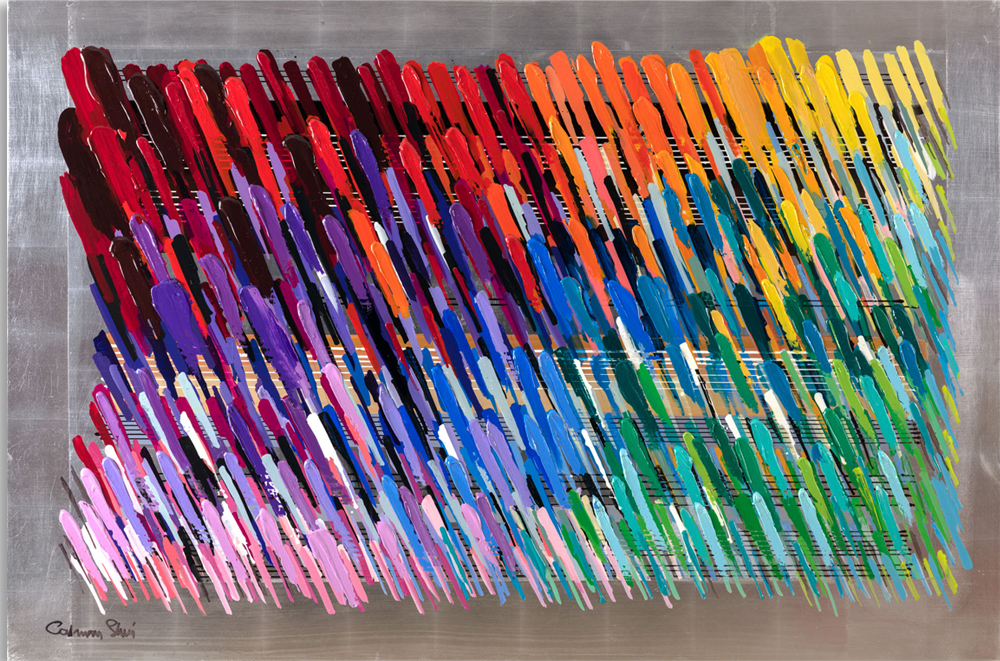For art enthusiasts, the terms "modern" and "contemporary" often lead to a mix-up. Although commonly used interchangeably, these terms describe two distinct periods in art history. Let's delve into the intricate differences and similarities between modern and contemporary art.

Modern vs. Contemporary Art: A Comprehensive Guide
Updated: July 08 2025
Introduction
Modern Art vs. Contemporary Art: An Overview
Modern Art
Time frame: 1880s to the 1970s.
Noteworthy for introducing styles like Fauvism, Impressionism, Surrealism, and Cubism.
Innovations included screen printing, photography, and collage.
Renowned artists from this era include Pablo Picasso, Salvador Dali, Vincent Van Gogh, and Frida Kahlo.
Contemporary Art
Represents the current times and is typically created by living artists.
Encompasses a variety of media, from traditional painting to video art and tech-enabled artworks.
Themes often revolve around present-day issues such as globalization, terrorism, and feminism.
Notable contemporary artists include Jeff Koons, Yoko Ono, Banksy, and Yayoi Kusama.

Delving Deeper: Understanding Modern Art
The modern art movement, synonymous with 'Modernism,' spanned from the 1880s to the 1970s. This transformative period saw the birth of revolutionary styles and techniques. Modern artists like Angelo Accardi and David Kracov ventured beyond traditional methods, introducing the world to fresh concepts like abstraction and personal iconography.
Spotlight on Contemporary Art
Unlike its predecessor, contemporary art doesn't confine itself to a specific style. It's characterized by its versatility in mediums and its emphasis on current societal issues. The "Infinity Room" by Yayoi Kusama, with its multisensory approach, exemplifies the essence of contemporary art.

Bridging the Gap: Where Modern Meets Contemporary
While both art forms sought to challenge conventions, modern art laid the foundation for contemporary artists' unbridled experimentation. Some artists, like David Hockney, transcend these classifications, having contributed to both periods.
Postmodern Art: An Important Mention It's essential to distinguish between contemporary and postmodern art. Although all postmodern art is contemporary, the reverse isn't true. Postmodernism often challenges modernism's principles with a deep-rooted connection to societal issues. 
Concluding Thoughts The world of art is vast and multifaceted. As we navigate through the various eras and movements, understanding these classifications becomes crucial. By immersing oneself in art galleries and continuously learning, one can truly appreciate the depth and evolution of art over time.
RELATED ARTICLES

EDEN
Updated: December 17, 2025Inside the Minds of EDEN Art Collectors
The Collectors Behind the Canvas offers an intimate look into the lives of EDEN collectors around the world. From Abu Dhabi to Dubai, discover how Dan and Nadia Feldman and Yann and Lana Biojau live surrounded by color, creativity, and meaning—revealing ...

EDEN
Updated: December 17, 2025How to Buy Art from EDEN
How to Buy Art from EDEN is your step-by-step guide to collecting art with confidence and joy. From discovering artists online to receiving personalized consultation and seamless delivery, EDEN transforms buying art into a meaningful, guided experience ...

EDEN
Updated: October 14, 2025EDEN Gallery Madison – A Chapter Closed, A Spirit That Lives On
EDEN Art Gallery Madison opened in 2009 at 437 Madison Avenue, NYC, and remained active until 2025. Although EDEN Madison closed, its influence continues through our larger galleries in SoHo and on Fifth Avenue. The EDEN Madison story is one of growth, ...
Join Our
Stay updated with the latest from the EDEN House of Art—be the first to discover new events, collections, and more!
